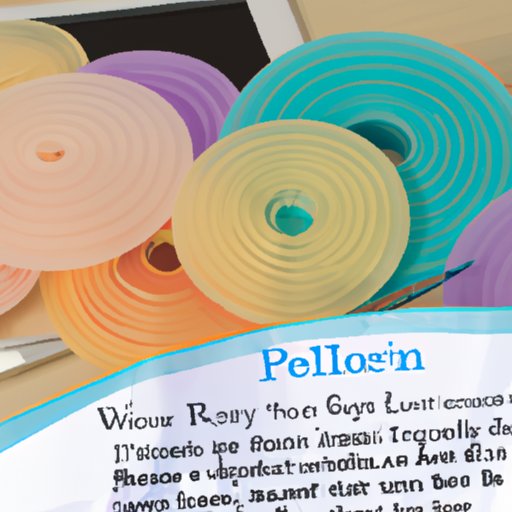Introduction
Teflon is a household name today, but not many people know who invented it or how it came to be. This article will explore the story behind Roy J. Plunkett and his invention of Teflon in 1938. It will look at his early life and education, his work at DuPont, the science behind the creation of Teflon, its many uses, and its environmental concerns. Finally, this article will examine the legacy of Roy J. Plunkett and his invention of Teflon.

Timeline of Roy J. Plunkett and His Invention of Teflon
Roy J. Plunkett was born on June 26, 1910 in New Carlisle, Ohio. He attended Ohio State University and graduated in 1934 with a degree in chemistry. After graduating, he went to work for DuPont, an American chemical company, as a research chemist.
In April of 1938, Plunkett and his team were working on a project to develop a new type of refrigerant. During the experiment, Plunkett discovered a white powdery substance that was resistant to heat and chemicals. Intrigued by his findings, Plunkett and his team did further testing and determined that the substance was a polymer made of tetrafluoroethylene (TFE). Plunkett had accidentally invented Teflon.

Understanding the Science Behind the Creation of Teflon
To understand how Plunkett created Teflon, it is important to understand the process of polymerization. Polymerization is a process in which small molecules are linked together to form large molecules called polymers. In the case of Teflon, the small molecules are TFE molecules that link together to form polytetrafluoroethylene (PTFE), also known as Teflon.
Fluoropolymers plays a major role in the creation of Teflon. Fluoropolymers is a type of polymer that contains fluorine atoms. Fluoropolymers is extremely resistant to heat, chemicals, and corrosion, making it ideal for use in a wide variety of products. Plunkett’s discovery of PTFE has revolutionized the chemical industry and opened up a world of possibilities.
Examining the Impact of Teflon on Modern Life
Since its invention, Teflon has been used in a variety of products. It is most commonly used as a non-stick coating for cookware, but it can also be found in clothing, carpets, and even medical implants. Its resistance to heat, chemicals, and corrosion make it an ideal material for many applications.
While Teflon has many beneficial uses, there have also been some environmental concerns associated with its production. Teflon is made from a type of fluoropolymer that can be harmful to the environment if it is not disposed of properly. As a result, it is important to take proper precautions when disposing of Teflon products to minimize any potential environmental harm.

Exploring the Legacy of Roy J. Plunkett and His Invention of Teflon
Plunkett’s invention of Teflon has had a lasting impact on modern life. He received numerous honors and awards for his work, including the Perkin Medal, the highest honor given in the field of industrial chemistry. He also received the National Medal of Technology and Innovation in 1987.
Teflon continues to be a widely used product today, and its legacy lives on in the many products it is used in. From cookware to clothing to medical implants, Teflon has become a staple in modern life. Thanks to Roy J. Plunkett, the world now has access to a versatile product that has changed the way we live.
Conclusion
In 1938, Roy J. Plunkett accidentally invented Teflon while working on a project to develop a new refrigerant. His discovery of the polymer PTFE, or Teflon, revolutionized the chemical industry and opened up a world of possibilities. Today, Teflon is used in a variety of products, from cookware to clothing to medical implants. Plunkett’s invention of Teflon has had a lasting impact on modern life, and its legacy lives on in the many products it is used in. For his contributions, Plunkett received numerous honors and awards throughout his lifetime.
(Note: Is this article not meeting your expectations? Do you have knowledge or insights to share? Unlock new opportunities and expand your reach by joining our authors team. Click Registration to join us and share your expertise with our readers.)
